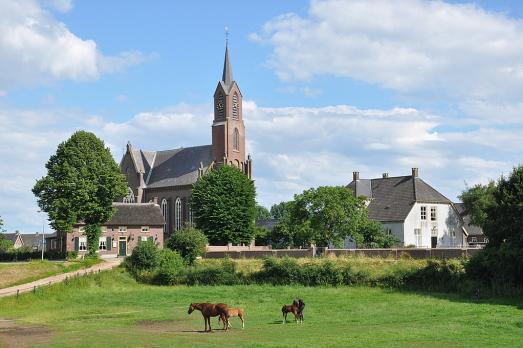Heilige Hildegardis
Rotterdam, NL
Extraordinarily important neo-Gothic church, one of the two (together with the St. Lambertuskerk in Rotterdam-Kralingen) remaining Roman Catholic neo-Gothic churches in 2023, which are actively used as church buildings in Rotterdam. Extension with tower and nave 1904-1905, AAJ Margry and JM Snickers. In 2002, this beautiful church was designated a national monument. Architecturally, this church is extra interesting because of the similarity, in terms of structure of the front facade, with a main tower in the middle and two side towers on either side, with the Roman Catholic St. Bonifatiuskerk in Zaandam; such neo-Gothic "westworks" do not occur elsewhere in the Netherlands. Historically, this church is extremely interesting in terms of name, because it is the only St. Hildegardiskerk in the Netherlands. Hildegardis was / is one of the first female saints in the Roman Catholic Church.






